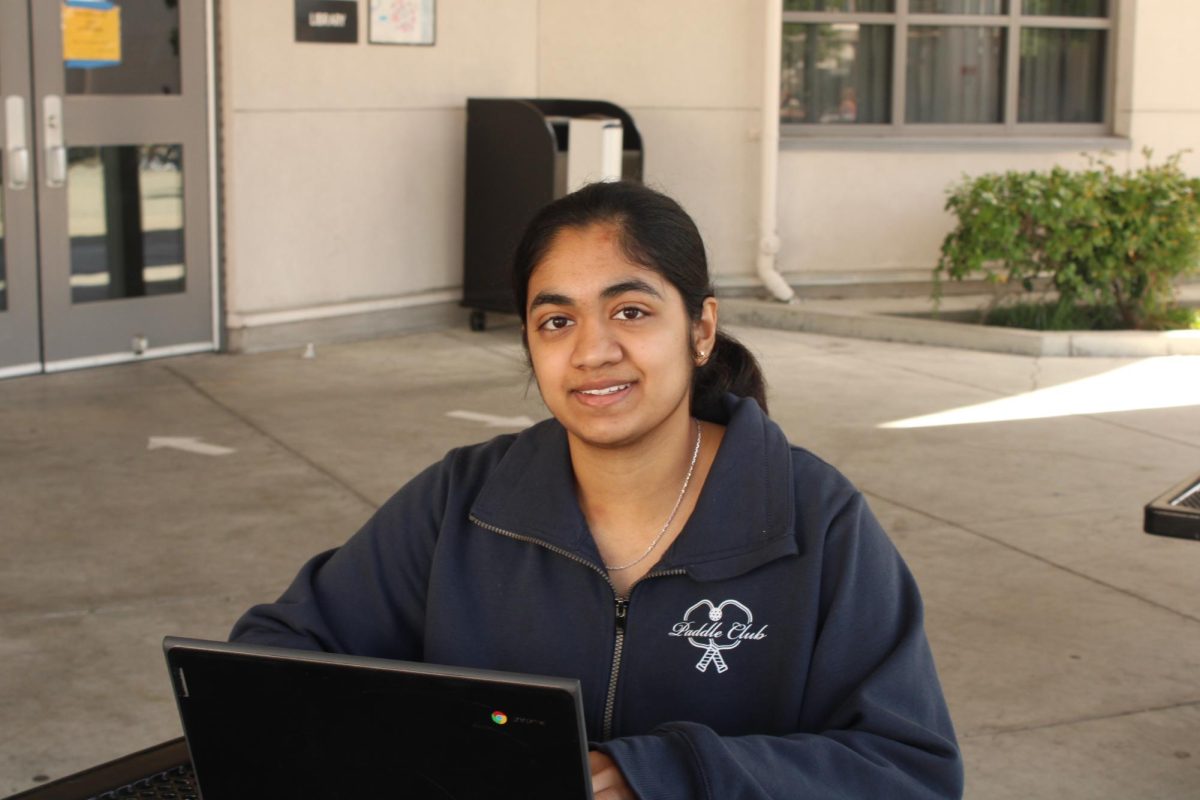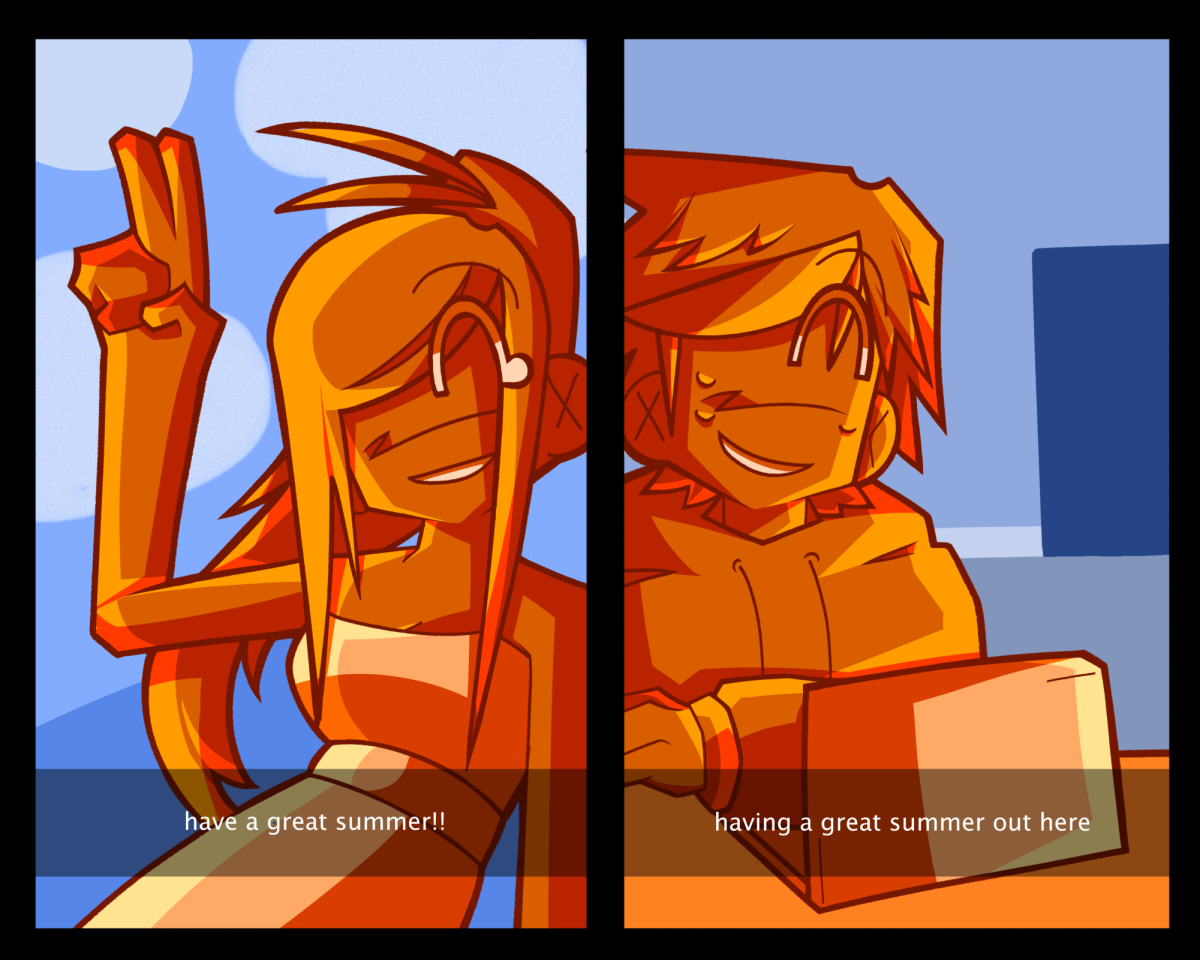Despite overwhelming opposition by students and teachers, Principal Mark Corti still plans to add one traditional day to the block schedule next school year.
In a poll conducted last month by The Californian, 85 percent of the 2,050 students who responded said they opposed the proposed addition of a traditional day in which every class meets.
Three percent of students polled supported the change, while 12 percent didn’t care. Of those 12 percent who didn’t care, 62 percent were seniors.
Of the 73 teachers who responded to The Californian poll, 68 percent opposed the change, 11 percent supported the change, and 21 percent had no opinion.
The push for the schedule change is not coming from Corti, not the district, said Rob Stockberger, the school district’s director of secondary education and former Cal High principal.
“The district always wants to support high schools in their process of change,” said Stockberger.
Corti said he plans the traditional day classes to meet for 42 or 50 minutes, depending on which day the traditional day is scheduled.
Corti initially proposed the idea last year to increase weekly student-teacher contacts. He is concerned about students only seeing their teachers twice during the weeks in which block classes meet on Tuesday and Thursday.
Corti wanted to make the change this school year, but backed off when the proposition was met with much resistance by teachers because of its abruptness. He then delayed the change to the 2012-2013 school year.
“I was kind of offended Mr. Corti refused to listen to his student body,” said sophomore Sam Canter.
Despite the opposition and poll numbers, Corti still wishes to implement a traditional day.
“The plan is to push forward,” said Corti. “What this tells me is that there is more education needed.”
Corti also questioned the background given on the strictly informational poll, and expressed a wish for students to hear both sides of the story before passing a decision.
“My concern is, they only had the numbers,” said Corti. “To me, the why would have been important.”
The push for change is an effort to add one more student-teacher contact per week, said Corti. Many students are outspoken in their opposition to the change.
“I think it’s unnecessary, and its going to hurt more than help,” said sophomore Shriram Apte.
Apte feels that the day with all classes will be stressful with more than usual homework assignments due.
Junior Diana Shanahan agreed, and said it will affect her class decisions for the coming year.
“(The change) will discourage me from taking AP classes,” said Shanahan.
Junior Vida Barco went to College Park High School in Pleasant Hill her freshman year. She said the schoo use a mixed schedule much like the one currently proposed at Cal.
She did not mind it, but believes it did nothing to help her academically.
“I almost looked forward to those (traditional) days because (classes) were shorter, so we didn’t really do much,” said Barco.
While many students are opposed to the idea, some students feel that change can be a good thing.
“I’m open to it,” said sophomore Jasmine Rinear. “It could benefit some kids that don’t really try.”
Corti believes the change will probably benefit the lower- to middle-level students more than higher-achieving students.
“It is another day that provides an opportunity,” said Corti. “Teacher contact is critical to academic success.”
Corti said success could be measured by a change in the number of assignments turned in, and the performance of students in specific demographics based on ethnicity and socio-economic position.
Students seem to disagree with Corti over the issue of student-teacher contacts. Many students feel that enough contact is possible with the current schedule.
“We still have just as much opportunity to see our teachers now, if we want to,” said Apte.
While support of the change may be soft spoken, the opposition is campaigning hard to prevent the change. Canter and sophomore Ashton DeLano have started an anti-schedule change club, working toward preventing the change.
“I felt (the new schedule) would not help students,” said Canter.”
Canter and his club have been working to raise awareness of the change, and trying to make this an even better known issue.
“We are trying to get parents on board, and show Mr. Corti that people are not for (the change),” said Canter.
The club has started selling wristbands which read: Save the Block Schedule. Profits will go to the school’s JSA Club or CHS Academic Boosters. Canter has been approached about twice a day about these wristbands, demonstrating growing interest in the student body.
English teacher Stacey Quick and science teacher Kelly King, who represent Cal High teachers in the union, plan to take the issue to a school board meeting on Jan. 10. They are also reaching out to the parent community, to try to prevent the change.
“We felt we really didn’t have anywhere else to go besides the parent community and the board,” said Quick.
Quick also pointed out the fact that when Cal High made the switch to the block schedule some 15 years ago, the idea was researched for four years. She said schools with the block were analyzed and data was compiled.
Conversely, Quick and many other teachers argue that Corti has not provided any data to support the change being made despite teachers raising numerous concerns about a blended schedule.
“We didn’t feel like we were listened to, as a staff,” said Quick. “We haven’t gotten an answer to our concerns.”
And an overwhelming majority of teachers seem to have enough concerns to make them oppose the change.
In a poll conducted by the teachers’ union, 79 percent of the 80 teachers who responded opposed to the change, while 21 percent supported the addition of one traditional day.
In that same poll, more than 80 percent of teachers believed a traditional day would not benefit students, teachers, parents, or the community.
These concerns include the reason behind the push for a change when the majority of the school community is against it, and the origins of the idea.
Another concern about the proposed change is it could result in three different schedules a week if the traditional day and teacher-collaboration days are on different days.
“The idea of three different bell schedules is disconcerting,” said math teacher Gary Triebwasser.
Science teacher Brian Coburn agreed.
“I think its silly to have three different schedules,” said Coburn. “But Mr. Corti is on to something when trying to increase (student-teacher) contact.”
Coburn believes in trying the new schedule, although he is not completely sold on its merits.
“All people are resistant to change,” said Coburn.






Phyllis • Dec 15, 2011 at 9:32 am
THe block schedule is a killer to kids who have auditory processing issues or learning disability. To sit and listen for such a long period of time is impossible for the brain to process in some cases and shorter classes will benefit these types of kids. These are not kids that “don’t try” but in fact kids that are working far harder to try but are not able to process the amount of information coming at them at a very high rate. I know of many kids who have left Cal High for other schools or Venture because the length of class time was too much for them. Nice to see they are trying something different.